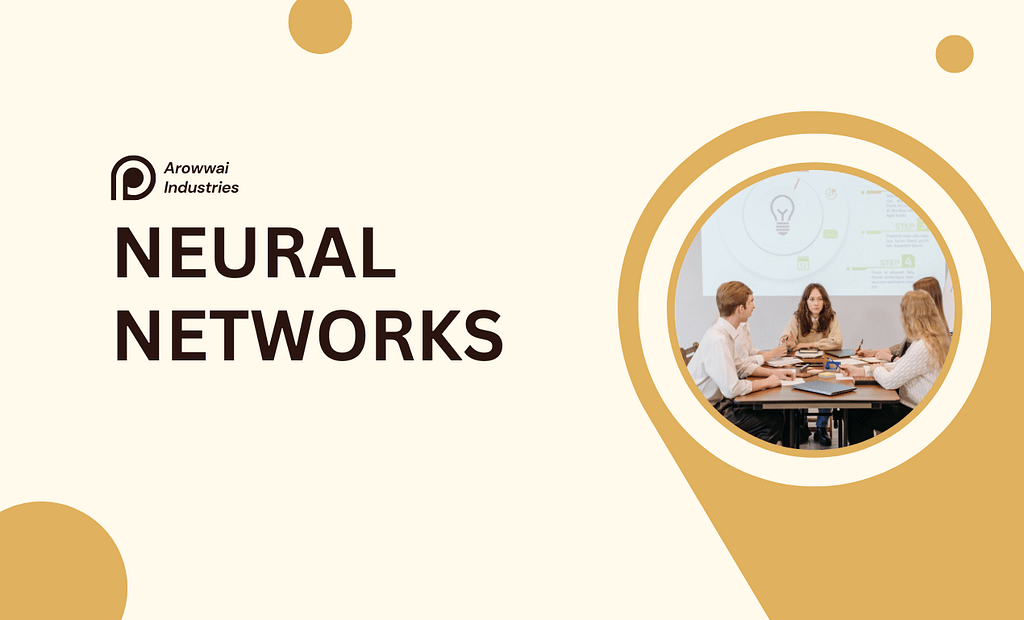Applications for the Five Main Types of Neural Networks

Neural networks are at the core of many artificial intelligence applications, powering everything from image recognition systems to advanced natural language processing. Each type of neural network is designed to tackle specific kinds of problems, leveraging its unique architecture and functionalities. In this blog, we’ll explore the five main types of neural networks and their applications across various industries.
1. Feedforward Neural Networks (FNNs)
Overview:
Feedforward Neural Networks (FNNs) are the simplest type of artificial neural networks where the information moves in one direction—from input nodes, through hidden nodes (if any), and finally to output nodes. There are no cycles or loops in the network.
Applications:
- Image Classification: FNNs are used to classify images into different categories. For example, they can identify whether an image contains a cat or a dog. Despite being less sophisticated than Convolutional Neural Networks (CNNs) for this task, they serve as a good starting point.
- Handwriting Recognition: Simple FNNs can be employed to recognize handwritten characters and digits, making them useful in applications like postal address recognition or digitizing handwritten notes.
- Credit Scoring: FNNs can analyze financial data to predict the creditworthiness of individuals by processing input features like credit history, income, and existing debts.
2. Convolutional Neural Networks (CNNs)
Overview:
Convolutional Neural Networks (CNNs) are specialized for processing grid-like data, such as images. They use convolutional layers that apply filters to capture spatial hierarchies in data.
Applications:
- Object Detection: CNNs can detect objects within images or video frames, a critical feature for autonomous vehicles and surveillance systems.
- Facial Recognition: Used in security systems and social media platforms to identify and verify individuals based on facial features.
- Medical Imaging: CNNs assist in diagnosing diseases by analyzing medical images like X-rays, MRIs, and CT scans, detecting anomalies such as tumors or fractures with high accuracy.
3. Recurrent Neural Networks (RNNs)
Overview:
Recurrent Neural Networks (RNNs) are designed for sequential data, where the output from previous steps is fed as input to the current step. This allows them to exhibit temporal dynamic behavior.
Applications:
- Natural Language Processing (NLP): RNNs excel in tasks such as language modeling, text generation, and machine translation by understanding the context and sequential nature of language.
- Speech Recognition: They convert speech into text by processing audio data over time, understanding phonetic and linguistic patterns.
- Time Series Prediction: RNNs are used in finance to forecast stock prices or in meteorology to predict weather conditions by analyzing historical data.
4. Long Short-Term Memory Networks (LSTMs)
Overview:
Long Short-Term Memory Networks (LSTMs) are a type of RNN designed to better capture long-term dependencies and mitigate the vanishing gradient problem, which RNNs face. They are equipped with gates to control the flow of information.
Applications:
- Chatbots and Conversational AI: LSTMs improve the contextual understanding in chatbots, enabling more coherent and context-aware conversations over multiple turns.
- Predictive Maintenance: LSTMs analyze equipment sensor data to predict failures and maintenance needs, helping industries avoid unplanned downtime.
- Financial Forecasting: They are used for more accurate prediction of market trends and stock prices by considering long-term dependencies in financial time series data.
5. Generative Adversarial Networks (GANs)
Overview:
Generative Adversarial Networks (GANs) consist of two neural networks, a generator and a discriminator, that are trained together. The generator creates fake data, and the discriminator tries to distinguish it from real data. Through this adversarial process, GANs generate highly realistic data.
Applications:
- Image Generation: GANs create realistic images from textual descriptions or enhance low-resolution images to high-resolution images. They are used in graphic design, art creation, and even generating photo-realistic human faces.
- Video Game Development: GANs generate new textures, environments, and even character animations, reducing the time and cost of game development.
- Drug Discovery: In pharmaceuticals, GANs generate new molecular structures that could lead to the discovery of new drugs, speeding up the initial phases of drug development.
Conclusion
Neural networks have diverse architectures tailored to solve specific problems, and their applications span across various industries. Feedforward Neural Networks are foundational and handle basic classification tasks, while Convolutional Neural Networks excel in image processing and computer vision. Recurrent Neural Networks and their variant LSTMs are critical for sequence prediction and natural language tasks. Lastly, Generative Adversarial Networks open up new possibilities in data generation and creative applications. By understanding and leveraging these different types of neural networks, businesses and researchers can unlock new potentials in their respective fields.